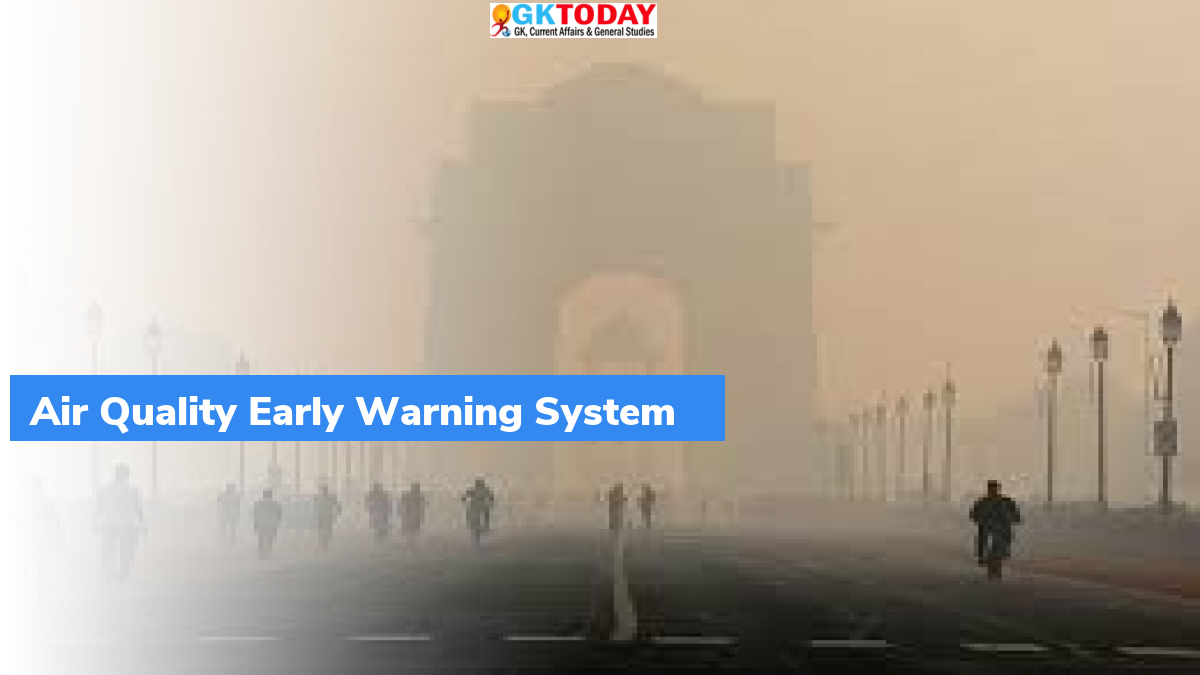Air Quality Early Warning System
The Air Quality Early Warning System predicts extreme air-quality events. It warns about severe pollution events 7-10 days in advance. It was launched by the then Union Minister for Earth Sciences and Environment Dr Harsh Vardhan in 2018. It was launched in Delhi.
About AQEWS
The main objective of AQEWS is to warn about pollution events in advance. Especially about the large-scale pollution events that may occur in Delhi region. It alerts to take necessary steps according to the Graded Response Action Plan (GRAP).
Who developed AQEWS?
It was developed by Indian Institute of Tropical Meteorology (IITM), Pune, National Centre for Medium Range Weather Forecasting (NCMRWF).
Functions of AQEWS
The major functions of the system are as follows:
- Real time observation of air quality of Delhi
- Details about natural aerosols such as dust storms and dust
- Predictions about air pollutants
- Sending alerts and warning messages
AQEWS Extended
In October 2021, the Indian Institute of Meteorology extended the ability of AQEWS. This was done by adding Decision Support System (DSS) to the AQEWS. The DSS has the ability to make decisions on air quality management in Delhi. Also, a new website was developed as a part of the extension.
About DSS of AQEWS
The DSS uses WRF-Chem technology. WRF-Chem is Weather Research and Forecasting with Chemistry. It does the following functions:
- It collects PM2.5 data from Central Pollution Control Board
- Also collects aerosol optical depth from MODIS (Moderate Resolution) instrument installed in AQUA and TERRA satellites. Also, DSS uses Active fire count data from MODIS instrument
The DSS provides the following information
- Contribution of emissions from Delhi and surrounding districts
- Contribution of emissions from eight emission sectors of Delhi
- Contribution of biomass burning activities in neighbouring states of Delhi


